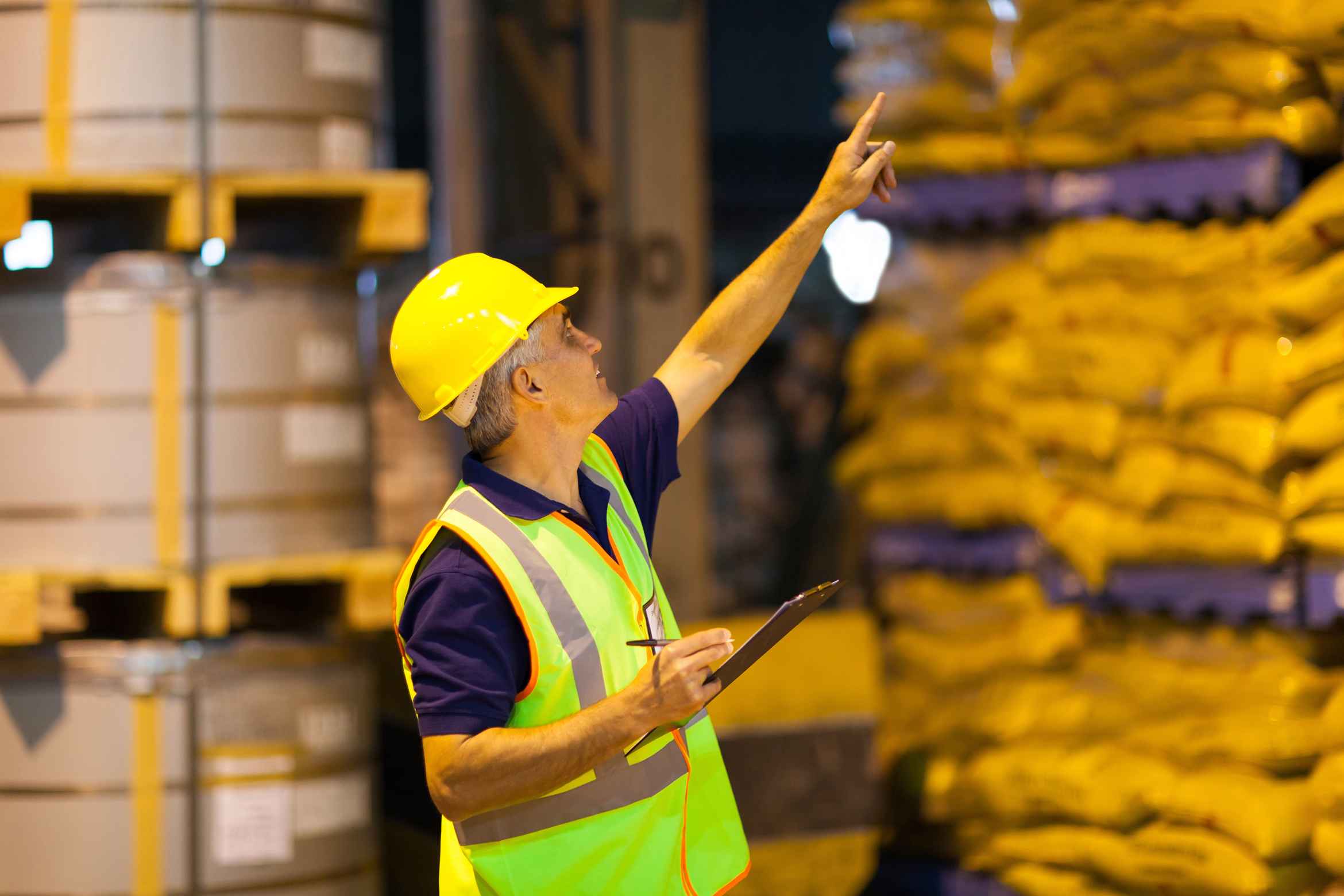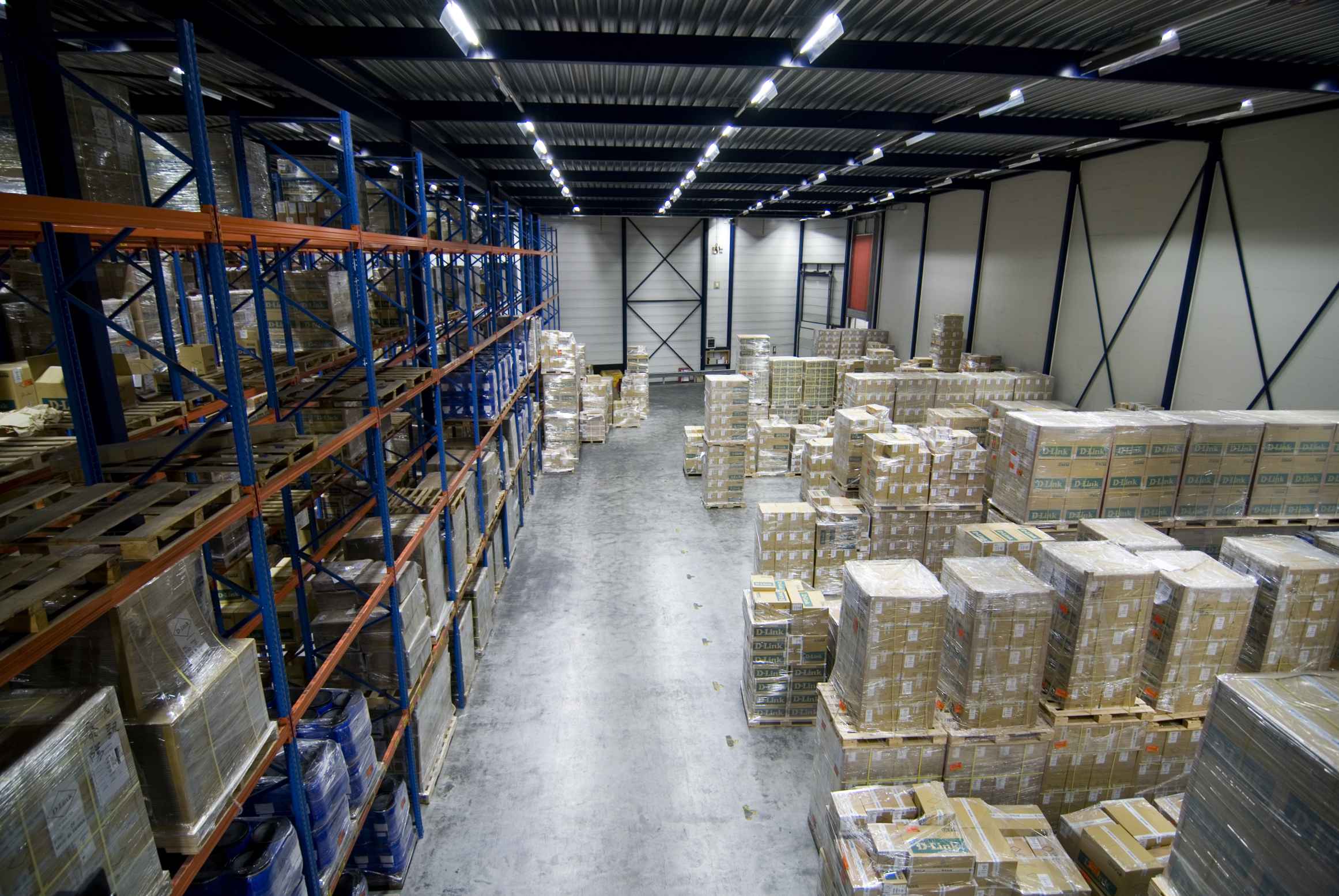Start 2016 with Racking Inspections And Training from SEMA Approved Inspectors
If there’s one New Year’s Resolution that warehouse owners should stick to, it’s making sure that their pallet racking inspections systems are as safe as possible. January is a great month to make sure your business has a post-Christmas visit by a SEMA approved racking inspector.
Racking safety and the Christmas gone by
The stress of Christmas may be over, but your pallet racking systems will have taken quite a lot of stress this holiday season too. The festive months of November and December are usually the busiest for commerce and for businesses in general. This extra business is great news for sales, but it can be bad news for racking safety if you ignore your warehouse’s needs. Now that your warehouse is quieter, it’s the perfect time to assess your storage systems with a pallet racking inspection.
Racking Safety and the Science of Temperature
The science of cold weather can be fun for those who are interested in the magic it can do, but this same science also means that the cold can have a negative effect on the metal in your warehouse. Metal contracts in the cold and expands in the heat.
This expansion and contraction, across your whole warehouse during the cold months of January, can mean that your racking is under stress even if it is being used with the utmost care. If your staff have racking inspection training, then they can check on the effects of this. Still, if you’re unsure, it’s always a good idea to call a SEMA approved racking inspector.
A New Year, a New Start…
Make 2016 the year that you nip safety issues in the bud. HSE recommend a traffic light system for the racking inspections: green means okay, amber requires attention, and red requires immediate attention. This year, keep all your racking green and make your warehouse a zero accident workplace. Motivation in business is a big thing when it comes to sales and marketing but It is not utilise in workplace safety. At Storage Equipment Experts, we believe in motivating staff for safety. The start of a new year, and the extra push of racking inspection training, is a great way to achieve this motivation.
Begin this new year with a newfound knowledge of pallet racking safety. Contact SEMA Racking Inspections today for a pallet racking inspection and racking inspection training from the UK’s best SEMA approved racking inspector.










